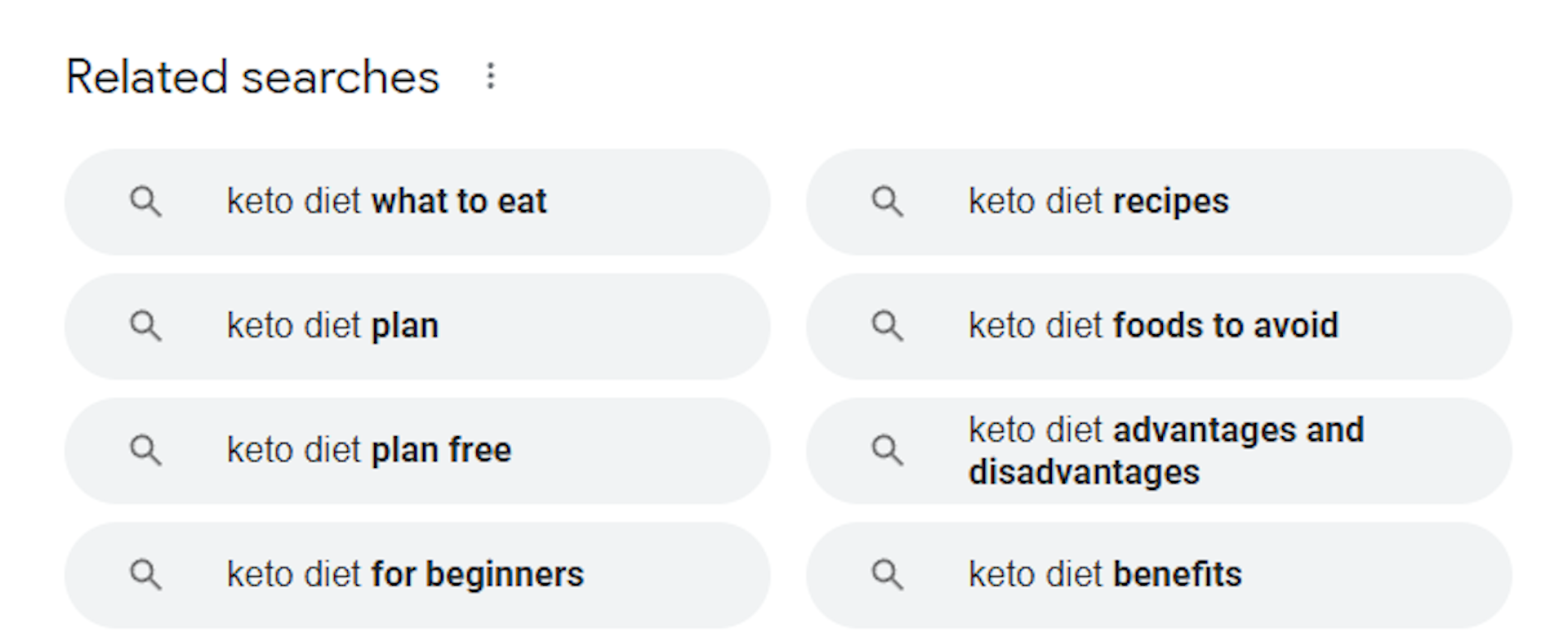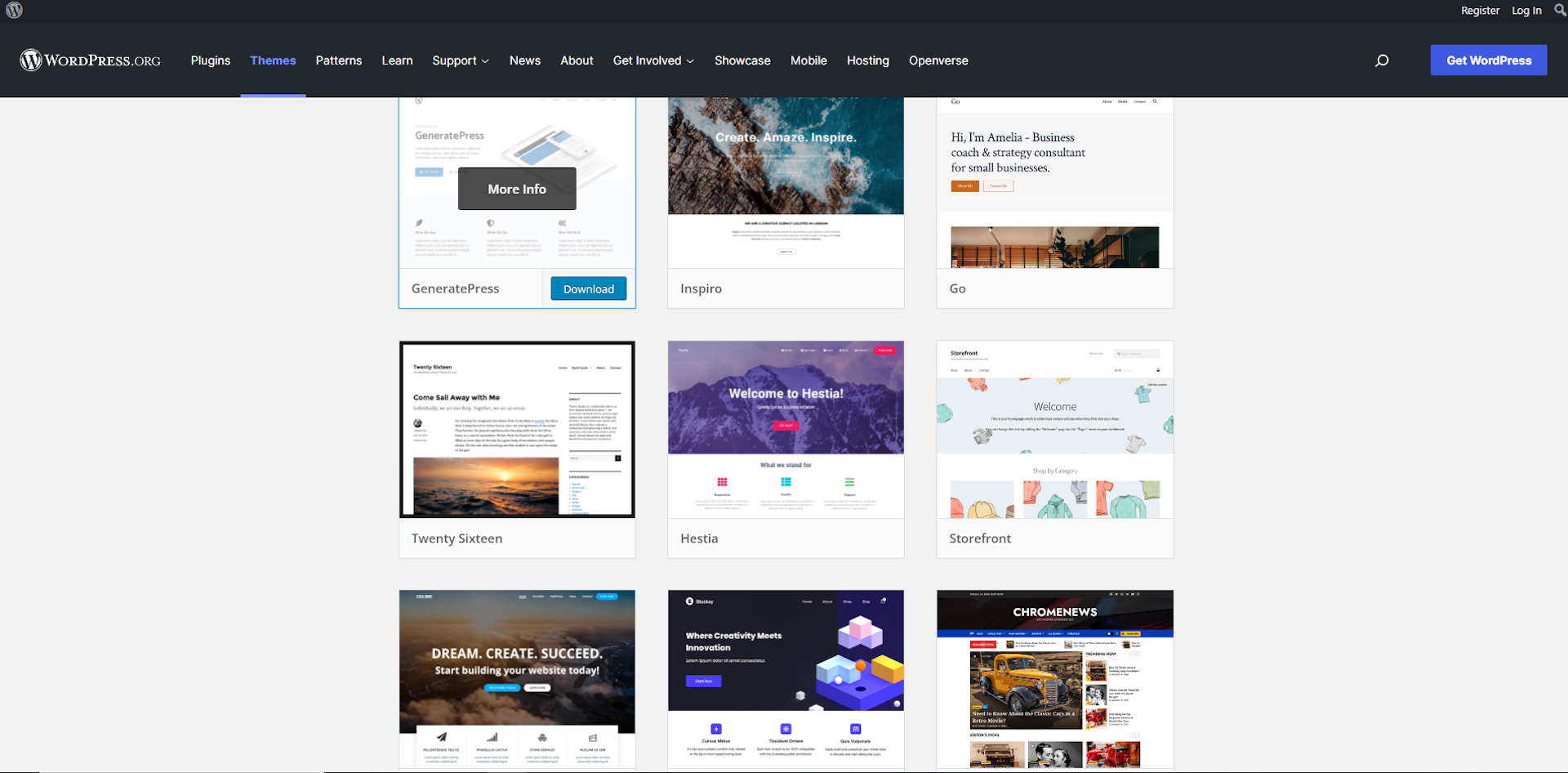Is blogging dead? No, but it has changed significantly in the last two decades.
Platforms like Substack and Medium have disrupted the old, solo blogging website model. Even podcasting has come to represent a new form of content creation in direct competition with blogging.
However, there is still a massive industry for DIY blogging, and it’s often safer than trusting external platforms to market your blog or a brand.
While monetizing a blog like in the old days may be more difficult without a following, developing a personal or professional blog for your business is still a worthwhile endeavor to make money or just write about topics important to you.
Whether you’re a business looking for new customers or an individual looking to build their audience, here is how to start a DIY blog and become successful.
7 Steps to Start a DIY Blog
1. Find a Niche
The best shot for a successful blog is to start small and keep a narrow focus. This is where conventional SEO strategies, such as advanced keyword research and topic exploration, can inform your early blog strategy.
Ideally, you would start with a topic you’re very interested in and then find a niche in that topical field that you think is either unexplored or undiscussed.
For example, let’s say you want to write about dieting but decide to focus exclusively on keto dieting. First, you can consult Google Trends to view the general interest in your topic over time.
 Clearly, there is a demand for keto dieting that is not going away.
Clearly, there is a demand for keto dieting that is not going away.
Next, you could conduct some keyword research using Google Ads free Keyword Planner for related terms and topics around Keto Dieting.
 Topics and keywords with less competition are highlighted in red.
Topics and keywords with less competition are highlighted in red.
Export your list of keywords to an excel sheet and begin building out topics around keywords with high volume and low competition you can compete with organically.
We also love using Google image searches and general Google SERP results to extract topic ideas based on popular user searches.



Using this research, you’ll have a list of topics and a general understanding of what users are searching for as it relates to the keto diet. As such, you could create an entire blog around keto recipes, a keto meal plan, or just a general blog around the benefits of keto and ketogenesis.
2. Find a Domain or Web Host
Once you have a topic picked for your blog and a niche you’ll be blogging about, you’ll need to purchase your own domain and find a blogging platform to host your blog. Your domain is simply the name of your website and URL. Shoot for a domain that relates to your blog or features your own name.
On the other hand, your web host will be the physical platform where you host your website. There are many options, from shared to dedicated hosts. However, a basic blog will be just fine with a shared host.
Be sure to find a web host, such as Bluehost that partners with WordPress–a platform dedicated to bloggers. You can even host your own site on a dedicated WordPress host optimized for blogging. Either option is fine, though you can probably save money with a WordPress host.
Though sites like Wix or Squarespace may be tempting alternatives, Wix, in particular, lacks a lot of fundamental SEO features. In addition, WordPress offers loads of amazing plugins and themes that make managing your site super straightforward.
3. Choose a Theme
Once your blogging site is hosted on WordPress or an alternative web host, you’ll need to choose a theme for your blog. WordPress offers almost 5,000 themes so that you can find one that best appeals to your aesthetic and vision.
4. Optimize Your Blog with Plugins
While you may be tempted to start writing, there are still a few additional things you can do to really optimize your blog.
For example, hosting a slow-loading blog is a turnoff for many users, as an added page load time of 2 seconds could increase your bounce rate by 32%, according to Google.
In addition, there are several tools you can set up, from SEO analyzers to grammar aids, that help polish up your writing and make it SEO friendly for search.
Some of our favorite plugins and tools for any blog include:
- Grammarly (Free or $25/month for Premium): A grammar tool that analyzes sentence syntax and semantics to improve your writing and readability.
- Yoast SEO Plugin (Free or $89/year for Premium): An SEO-based tool that analyzes your keyword density, internal link structure, and overall readability for audiences. This tool analyzes individual pages and your website to provide actionable tips to improve your SEO value.
- Google Analytics (Free): Tracking code that can be inserted on any website to track visitor engagement with your website.
- Google Search Console (Free): Free software that tracks various metrics, including website clicks and search impressions for specific webpages.
- WP Rocket Plugin ($49/year): A WordPress plugin that enables caching to improve page speed over time.
- Jetpack Plugin (Free or $19.95/month): A WordPress plugin that protects your site from malware and security threats.
- Google Ads Keyword Planner (Free): A free tool cited above that helps you conduct keyword and competitor research for topics and also advertisements.
5. Start Blogging
Finally, you can start writing. However, we have a few tips to help your writing so that you can improve your blogs’ search visibility and readability and drive traffic to them. Some DIY blog tips include:
- Frame each blog post around a target keyword or main topic to keep blogs focused and engaging. These keywords will also help drive traffic from organic searches to your site.
- Internally link to other blogs on your website for improved link equity and user experience.
- Write frequent blog posts. Google tends to value freshness and quantity in its algorithm, and it will keep regular readers engaged.
- Write long-form or evergreen blog posts. Contrary to popular belief, most online readers prefer storytelling in content and favor authoritative long-form blogs. In addition, long-form content establishes you as a thought leader and is favored by Google’s algorithm.
- Link out to other external sites that are relevant in your community as a citation and in the hopes of getting a link back.
6. Promote Your Blog
Ok, you’ve set up your blog and started pumping out content, but no one is reading it. So it’s time to get trained in a little digital marketing.
Here are a few actionable strategies to get eyeballs to your blog today:
- Promote your blog on social media. Build a following on sites like Twitter, Facebook, Reddit, or Instagram to share blog posts and cultivate an audience. There are so many micro-communities around everything, from rejecting seed oils in food to “grounding” your feet. Find your niche community, engage with them, and share your content to drive the right kind of traffic to your blog.
- Engage with users on forums. Forums like Reddit, Quora, and Stack Overflow are great places to find people in your community and share/promote content with them. Of course, don’t be overly promotional, but build a following and become an active member who shares content organically.
- Reach out to influencers. Do you have influencers in your community that you tend to value or look up to? Reach out to them for opportunities to share your content or even discuss important topics in your industry on a podcast or guest post. You can even start small, reaching out to small influencers, and work your way up to larger fish in the proverbial pond.
- Guest post on other blogs. Similar to the strategy above, guest posting on other sites is the perfect way to build awareness for your brand and blog, while building some links to your content.
- Build links to your blog. Backlinks from other websites are a valuable ranking signal for search engines. Building links through guest posting and linkable assets that people cite for research is a great way to build organic search visibility for your blog and gain direct traffic.
- Hire an agency. Several agencies and white label services are dedicated to building traffic and money to websites that can help you expand your readership and develop monetization ideas for your blog.
- Advertise your blog. Finally, advertising your blog is not a bad idea if you can’t seem to gain any traffic. Google and Facebook even offer advanced advertising platforms you can use to learn more about your readers, such as demographic and psychographic information.
7. Monetize Your Blog
Finally, if you want to monetize your blog or become a full-time blogger, you need to develop a business model for your DIY blog. Below, I’ve listed a few tips you could research on ways to monetize your blog:
- Start a paid newsletter.
- Set up a Patreon account on your blog or a subscription service for premium content.
- Allow advertisements on your blog.
- Allow Sponsored content.
- Bundle blog posts into a book and sell it on Amazon.
- Combine your blog and business to promote and sell products you manufacture.
- Link to affiliate sites for extra money.
While innovations like podcasting, video, and Substack have altered the content landscape, starting a DIY blog is still a great way to build a brand, make extra money, and do something fulfilling.




